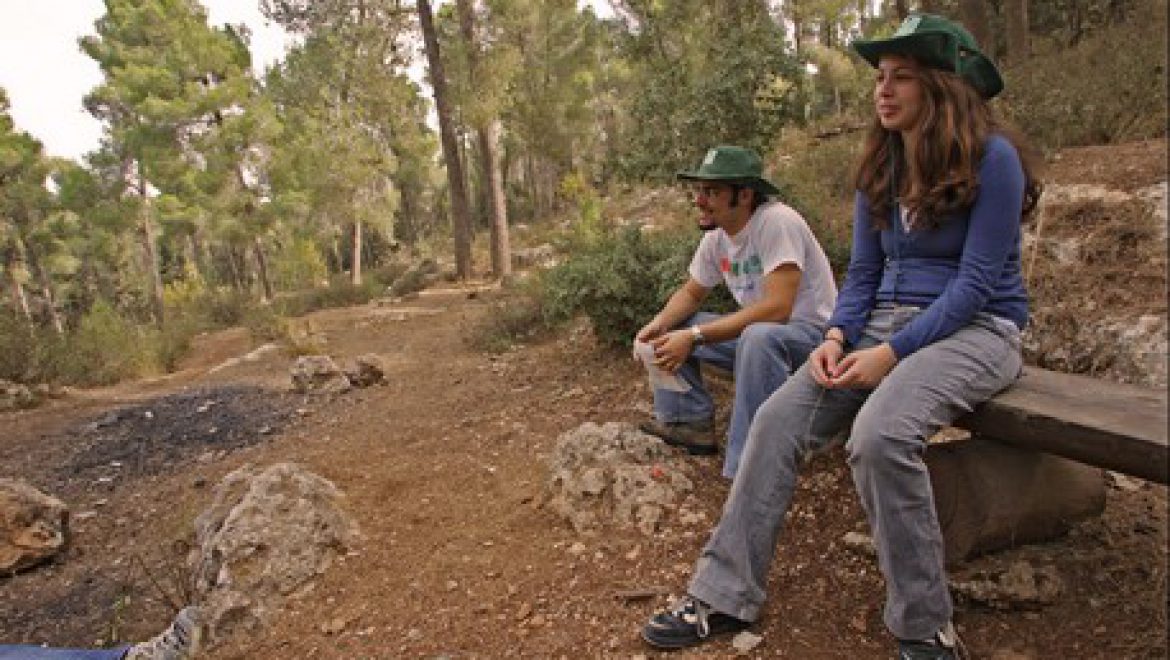
This activity is suitable for students in elementary schools, junior high schools, and high schools.
This activity has the following objectives:
1. Encouraging independent learning about the Land of the Bible
2. Familiarizing students with different varieties of trees and their characteristics
3. Understanding the importance of variety in natural vegetation and trees
This activity can be conducted in the classroom or outdoors.
|
|
Duration: Two to three lessons
Materials: Writing materials, colored markers, and poster paper
Concepts: Fruit producing and non-fruit producing trees, foliage and shade, trees and the oxygen cycle, decreasing air pollution, fertilizing the soil, stopping soil erosion, trees and wildlife
Uses for trees: food, building, art and crafts, heating, ropes, the pharmaceutical industry, rubber, etc.
The activity is based on the following story:
One day the trees in the forest decided that they wanted to take their fate into their own hands. There were many problems that needed to be dealt with in the forest, such as noise, litter left by visitors and hikers, tree diseases, and forest fires. The trees therefore decided to choose a tree council with representatives of the different kinds of trees. Each tree species would form a party and try to convince the others that their party was the best one to do the job.
Instructions:
1. Divide the class into groups and designate an area for each group for activities and discussions.
2. Distribute materials that the students will need to create and run their campaign.
3. Each group forms an « election council » that includes several types of trees. The most successful political party must present the characteristics of the trees it represents: producing food for forest animals and visitors, trees that are used for building, trees that have historical importance (such as those that appear in the Bible), or trees with a family tradition.
4. After the parties are formed, two trees are chosen to be chairman and vice-chairman of the party. The party must then choose its name and its election platform. The platform must emphasize the party’s objectives such as encouraging tourism in the forest, helping endangered wildlife, or improving the image of the forest.
5. After the preparatory stage the students begin campaigning by making posters, composing a campaign jingle, and planning their election broadcast.
6. The students circulate among the various parties and listen to the campaign jingles and broadcasts. Each party presents its campaign, posters, platform, jingle, and election broadcast.
7. The activity concludes with elections that are held in the classroom. Each child casts a vote of the party they choose.
8. The conclusion of the activity should emphasize the advantages of variety, how trees benefit us, and how we benefit them.



